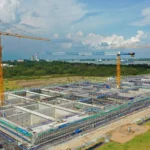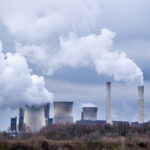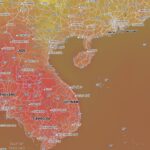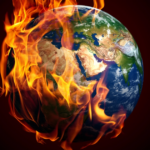Satellite data has revealed an unprecedented giant hole in the Earth's ozone layer above the South Pole, with a culprit beyond human activities being the "monster" in the South Pacific.
The Ozone layer plays an incredibly important role for Earth
The ozone layer (ozone shield) is a region within the stratosphere of Earth that absorbs up to 99% of the Sun's ultraviolet radiation. It contains a high concentration of ozone (O3) related to other parts of the atmosphere, although it is still small compared to other gases in the stratosphere.
It is a layer of Earth's atmosphere located at an altitude of 15-30km above the surface and is where high concentrations of ozone (a molecule with three atoms of oxygen instead of two) are found. It is crucial for various forms of life, including humans, as it blocks harmful ultraviolet (UV) rays from the Sun.
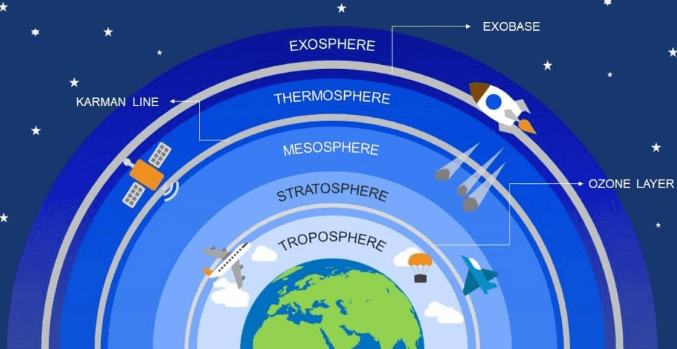
Although the ozone layer is not thick, it plays an immensely important role in protecting Earth's life from harmful external factors. Thanks to its obstruction, a significant portion of harmful rays cannot affect Earth, providing better protection for humans and living beings.
The ozone layer is considered a radiation shield
Ozone shield radiation occurs due to contact with dangerous sunlight, so if not protected, these radiations can cause dangerous effects on the skin and eyes. In that case, they perform the function of protection and prevent most of these radiations from reaching the surface.
The ozone layer protects physically
It helps protect the Earth's surface from celestial bodies falling near Earth, such as asteroids. The ozone layer will have the ability to destroy them before they reach the Earth's surface.
The ozone layer controls light
The Earth can receive energy from the electromagnetic radiation of the Sun. The energy that the Earth's surface reflects will be absorbed, reflected, or transmitted by the ozone layer.
The ozone layer controls life
The ozone layer in the stratosphere is very beneficial for absorbing ultraviolet rays. Therefore, organisms and humans on Earth are protected from harmful ultraviolet rays. Gases like oxygen, carbon dioxide, and nitrogen are considered beneficial for animals, plants, and humans.
The ozone layer is a temperature regulator
The ozone layer also helps maintain the Earth's temperature; the molecules in the ozone layer will absorb solar energy as soon as it arrives. Then, the warmth will spread throughout the planets. These molecules will also trap reflected energy from the surface, preventing the nights of the planet from becoming too cold.
Causes of the ozone layer depletion
The causes of ozone layer depletion originate mainly from human production and activities. Specifically, the excessive release of chlorine and bromine from artificial substances such as CFCs. These substances are called ODS - depleting substances. Chlorine and Bromine are known to be two depleting substances that destroy the ozone layer at supersonic speeds. One chlorine atom can break thousands of ozone molecules, while one bromine atom can break down 40 times more than one chlorine atom.
The rapid development of the industrial sector leads to a massive amount of emissions released into the environment daily. Industrial waste gases include various toxic gases such as CO2, nitrogen, methane, which are discharged into the environment every day at extremely high concentrations. These are all air pollutants, greenhouse effects, and ozone layer depletion agents.
Unprecedented expansion of the Ozone hole at the South Pole
According to the European Space Agency (ESA), the ozone hole at the South Pole has expanded to 26 million square kilometers, the largest ever recorded. The unit is monitoring the ozone hole using the Copernicus Sentinel tool. This year, the ozone hole at the South Pole reached its maximum size on September 16, reaching 26 million km2.
This area is nearly equivalent to the size of North America or equivalent to the size of two large countries, Russia and China, combined. It is also twice the size of Antarctica, the continent where the hole is present just above.
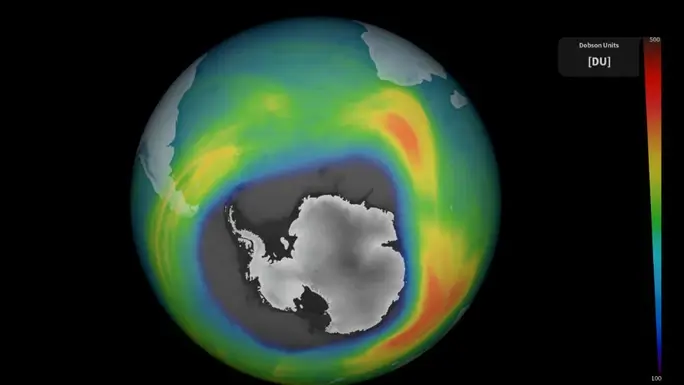
The Live Science quoted researcher Antjel Inness from the European Centre for Medium-Range Weather Forecasts (ECMWF): "The ozone hole in 2023 started early and developed rapidly since mid-August. It is one of the largest holes ever recorded." Experts believe that this hole in the ozone layer - the protective shield of the Earth - may be due to the volcanic eruption in Tonga at the beginning of 2022, according to Live Science.
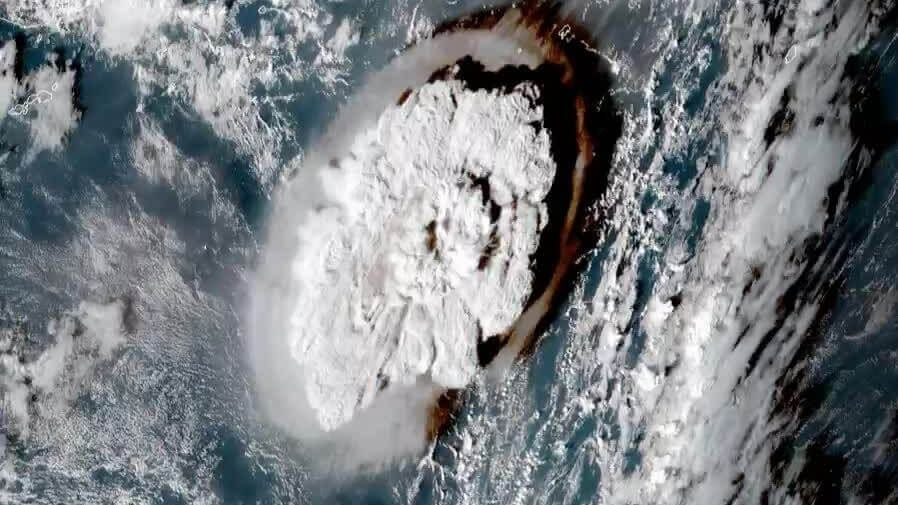
In 1985, researchers discovered large holes appearing in the ozone layer above the polar regions of the Earth. During this period, Chlorofluorocarbons (CFCs) - a common chemical used in aerosols, packaging materials, and refrigerators - were seen as the culprit for ozone layer depletion.
In 1989, the international community banned CFCs, helping the ozone concentration recover over time.
However, the ozone levels above the poles were already limited, so when cold air forms stratospheric polar clouds (PSC - high-altitude clouds formed from tiny ice crystals sometimes with a rainbow color), it further depletes the ozone layer. Therefore, many gaps in the ozone layer still form above the polar regions during the winter months in each hemisphere.
The phenomenon of the Earth's "armored layer" being punctured has long been determined mainly due to human industrial activities releasing an increasing amount of harmful greenhouse gases.
In 2023, a natural disaster contributed to this hole: the volcanic eruption in Tonga (Hunga Tonga-Hunga Ha'apai) in the South Pacific. The eruption's estimated power was 100 times that of the American atomic bomb dropped on Hiroshima and created the highest eruption ever recorded in January 2022, causing more than a dozen countries to issue tsunami warnings.
ESA researchers say that although the current ozone hole is one of the largest ever seen, people do not need to panic. Because the area below the hole is mostly uninhabited, and it will completely close within a few months.
They added that if CFC levels remain low, the ozone layer will fully recover by 2050.
The El Nino phenomenon this year also played a role in the incident, but the current relationship is not yet clear.
Protecting the ozone layer, slowing down climate change
To protect and prevent the depletion of the ozone layer, we first need to raise environmental awareness. At the same time, actively implement some practical measures:
- Limit the use of nuclear energy and ozone-depleting gases in production activities.
- Limit the use of chemical pesticides in agriculture.
- Strictly handle industrial areas and factories that release untreated harmful emissions into the environment.
- Minimize the use of gasoline and oil-powered vehicles.
- Enhance awareness and education to prevent, condemn, report, and penalize environmentally harmful actions.
- Use environmentally friendly products and clean energy sources such as solar, wind, and ocean energy.
- There need to be measures to address local pollution in industrial areas, factories, etc., to minimize dust and harmful gases into the atmosphere.
- Enhance and implement educational activities, counseling, and awareness campaigns to prevent harmful actions to the environment.
- Minimize the use of plastic foam packaging, replacing them with products made from wood, paper, fabric, etc.
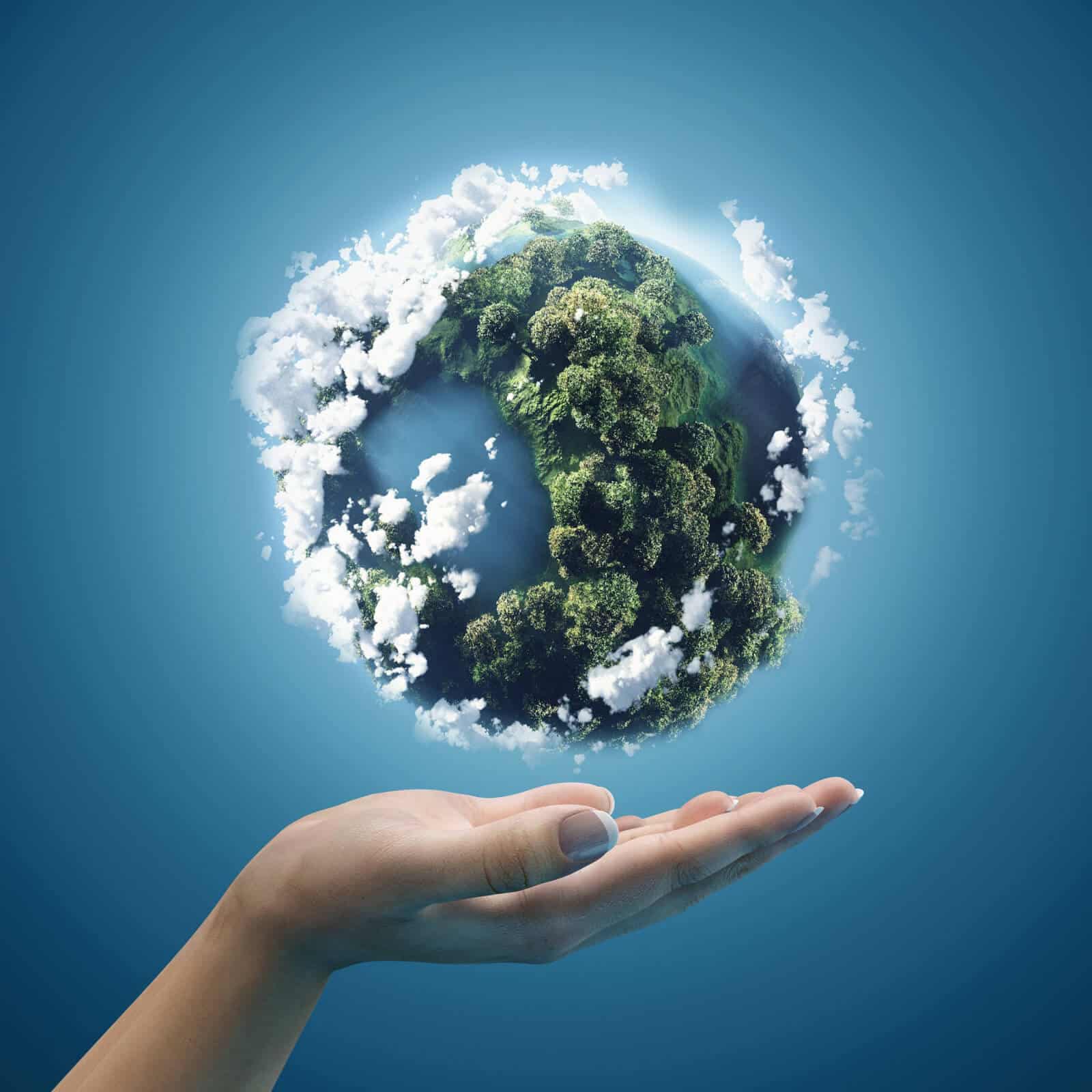
The ozone layer is considered a shield to protect the earth from the impact of harmful external factors. Therefore, if the phenomenon of ozone layer depletion occurs, it will have a significant impact on the lives of animals, plants, and humans.
| View more blogs: | Carbon credits - "Golden key" for green economic development |
| Indonesia: Air pollution problem | |
| Ho Chi Minh City: Building a green, clean, environmentally friendly city |
For further information, please contact:
Email: [email protected].
Hotline: +84 909 403 778
Facebook: iLotusLand – Leading in Industrial IoT Solutions
Linked in: iLotusLand – The 1st IoT Platform in Vietnam
